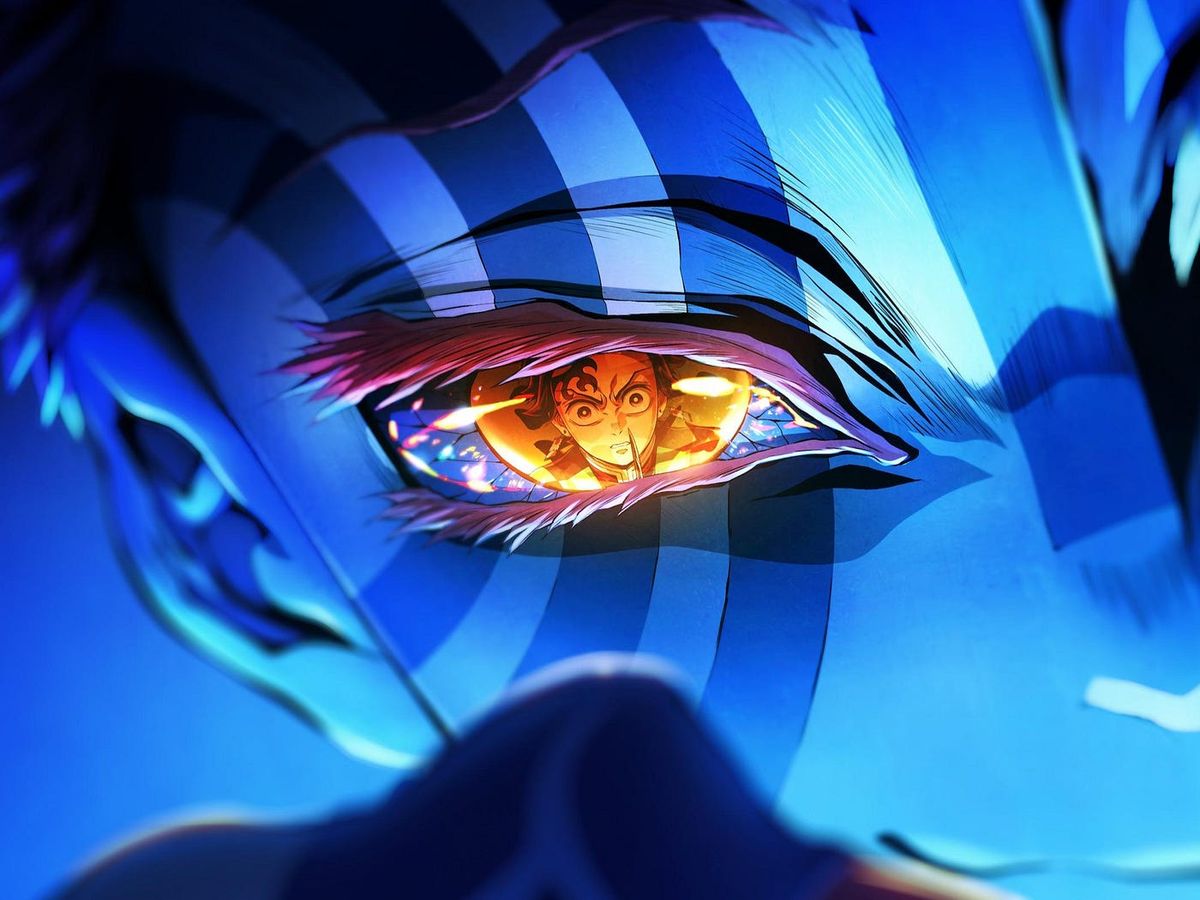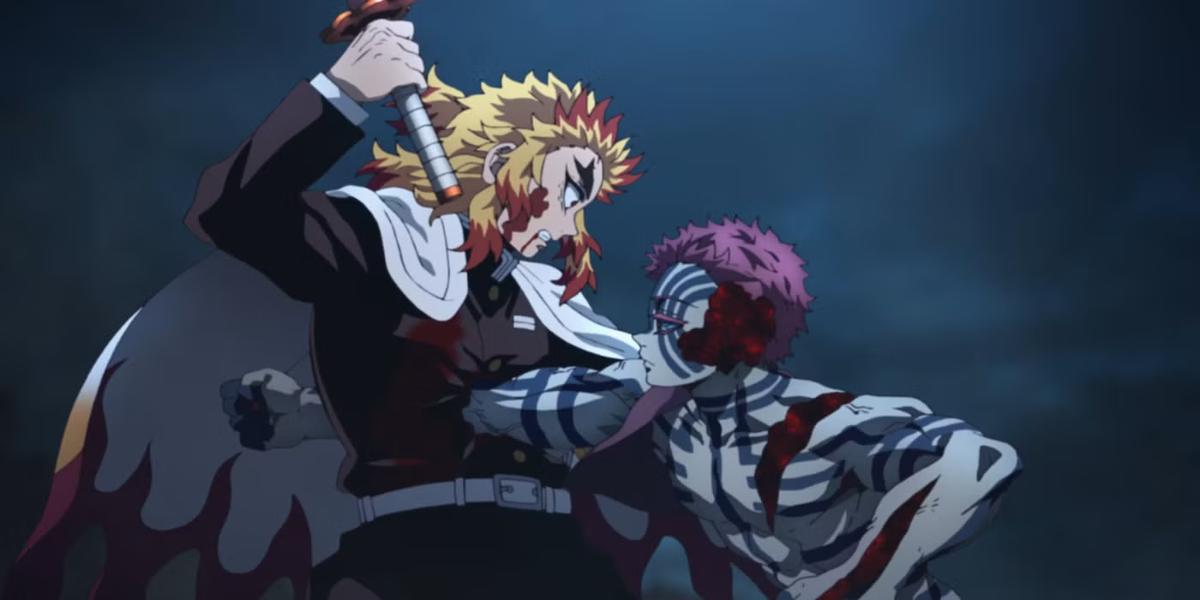A code you can read in motion
Akaza’s fights aren’t random technique dumps; they’re ethics expressed as violence. He worships strength, hates cowardice, and offers opponents a warped kind of mercy: become a demon, live forever, keep fighting. It’s horrifying—and coherent.

A backstory that talks back
When the past arrives, it doesn’t excuse Akaza—it indicts him. Love and loss curdle into a hunger he mistakes for purpose. The tragedy works because the show never lets him off the hook; it just shows how he got here.
Villainy with rules beats villainy without
Muzan is fear and control—terrifying, but opaque by design. Akaza has a visible spine: we understand the bargain he keeps making, so we can argue with it. Viewers don’t have to agree to feel the pull of his logic.

Fights that tell a story
Every clash reinterprets him: admiration for strong opponents, rage at “wasted potential,” disgust for fear. When opponents refuse his offer, it punctures his worldview and forces the audience to pick a side—power at any cost, or strength with meaning.

The moment that defines him
Akaza’s most haunting beats aren’t the big punches—they’re the hesitations. Split seconds where memory leaks through and the creed flickers. That contrast makes him feel human even at his worst.
Why he lingers after the credits
- Rules we can debate
- A tragedy that clarifies, not excuses
- Fights that act like essays
- A finale that pays off the question he keeps asking: What is strength for?
Bottom line
Akaza earns his place because he’s legible. Muzan is an apocalypse; Akaza is a thesis. One terrifies—one persuades, then horrifies when you realize where persuasion leads.

